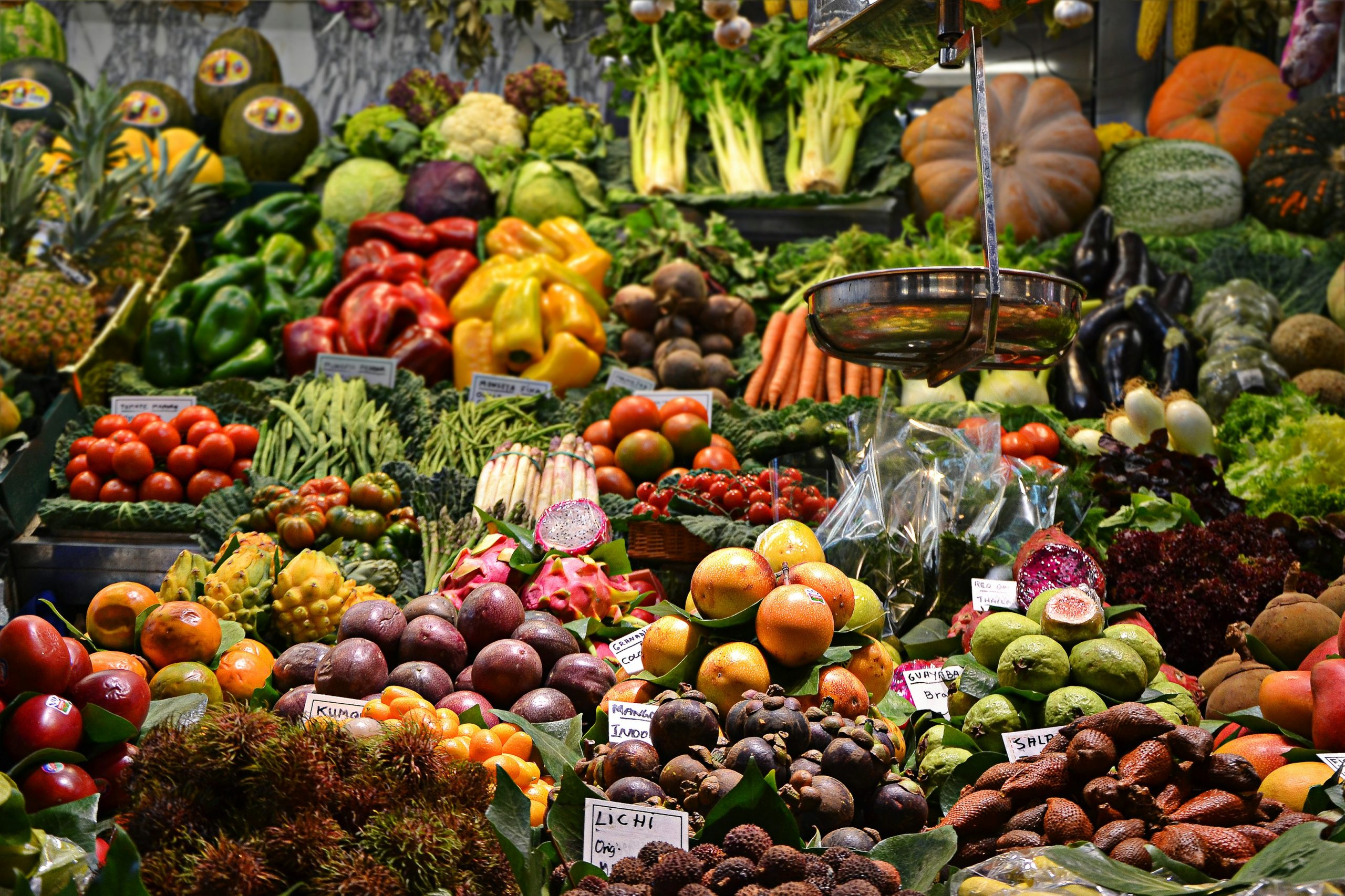The one-two punch of soaring inflation and record-breaking gasoline prices is likely to have an increasingly painful impact on consumers.
In fact, the Labor Department reported Thursday that the Consumer Price Index, or CPI — a broad basket of goods and services — continued to rise, increasing by 0.8 percent in February, or 7.9% year over year, a fresh 40-year high.
Meanwhile, rising U.S. gas prices show no sign of slowing down, as the average cost Thursday broke records for the third day in a row: Gas hit $4.32 a gallon, according to AAA, up from $4.25 a day earlier.
With these figures in mind, the National Grocers Association says the impact of skyrocketing fuel prices may lead to higher prices along the supply chain due to increased transportation costs, further exacerbating the existing conditions that have been driving inflation.
Cost Projections
More economic pain may be in store, with one analyst estimating that the recent surge in gas prices following Russia’s invasion of Ukraine could add up to $2,000 in annual costs to the typical household budget. That comes on top of about $1,000 in extra costs at the grocery store due to inflation, reported CBS News (March 7).
Another report suggests American families are paying about $385 more a month for just about everything, but for some, costs are even higher, according to Fox Business, based on a note from Utah Senator Mike Lee, ranking member of the Joint Economic Committee.
Dollar Stores
Even discounters are not immune to rising prices.
Late last year Dollar Tree said it would raise the cost of most items at stores 25%, to $1.25, by the end of the first quarter of 2022. At the same time, consumers are flocking to dollar stores looking for deals.
“Shoppers finding inflation increases are more willing to figure out ways to save money. They might decide to shop more at these dollar stores, only shop when there’s a discount/coupon available, or find cheaper brands,” Anthony Martin, founder and CEO of Choice Mutual, told The Food Institute.
“Going to stores with lower quality products means shoppers save money when they spend it wisely. It can allow some families to get more food when other store prices exceed what they can reasonably afford or help them save more money for emergency funds and retirement.”
Food Banks
As costs surge, more Americans are turning to food banks to eat. And, as hunger-relief organizations face long lines of people in need, the nonprofit groups are also having to pay more for food to supplement donations, and in some cases, limiting distributions.












